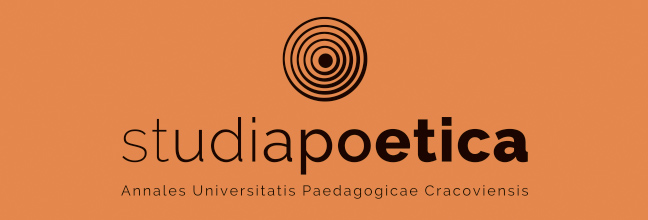The man from the shadows. A biographical sketch of Aleksander Więckowski (1854–1919)
Main Article Content
Abstract
Aleksander Więckowski (1854–1919) is an almost unknown and secondary historical figure. He appears most often only twice in the pages of great history. For the first time in connection with the events of the February Revolution of 1917 in Russia and the attitude of the Russian authorities towards the independence of Poland. The second time was in connection with the Polish-Soviet negotiations conducted in 1919 in Moscow and Białowieża, where he represented the highest Polish authorities: the Chief of State Józef Piłsudski and the Minister of Foreign Affairs Ignacy Jan Paderewski. Meticulous research has allowed us to reconstruct a basic biography of the man who most often played a behind-the-scenes role. As a young man, he was the founder of socialist circles in St. Petersburg and Warsaw. For this activity, he was exiled to Eastern Siberia for six years. Więckowski was a man of the Polish-Russian border. He spent most of his life in Russia. He was the leader of the Polish diaspora in St. Petersburg, where he lived for 30 years. He was involved in building democratic Russia and Poland. He worked towards a Polish-Russian rapprochement. He was an active participant in the first Russian revolution of 1905–1907. He also belonged to the Freemasons, with these contacts opening his way to people such as the Prime Minister of the Provisional Government, Alexander Kerensky. He used his diplomatic talents only towards the end of his life, when, in the spring and summer of 1919, he took on the burden of negotiations with the Bolshevik authorities during the ongoing Polish-Soviet war.

